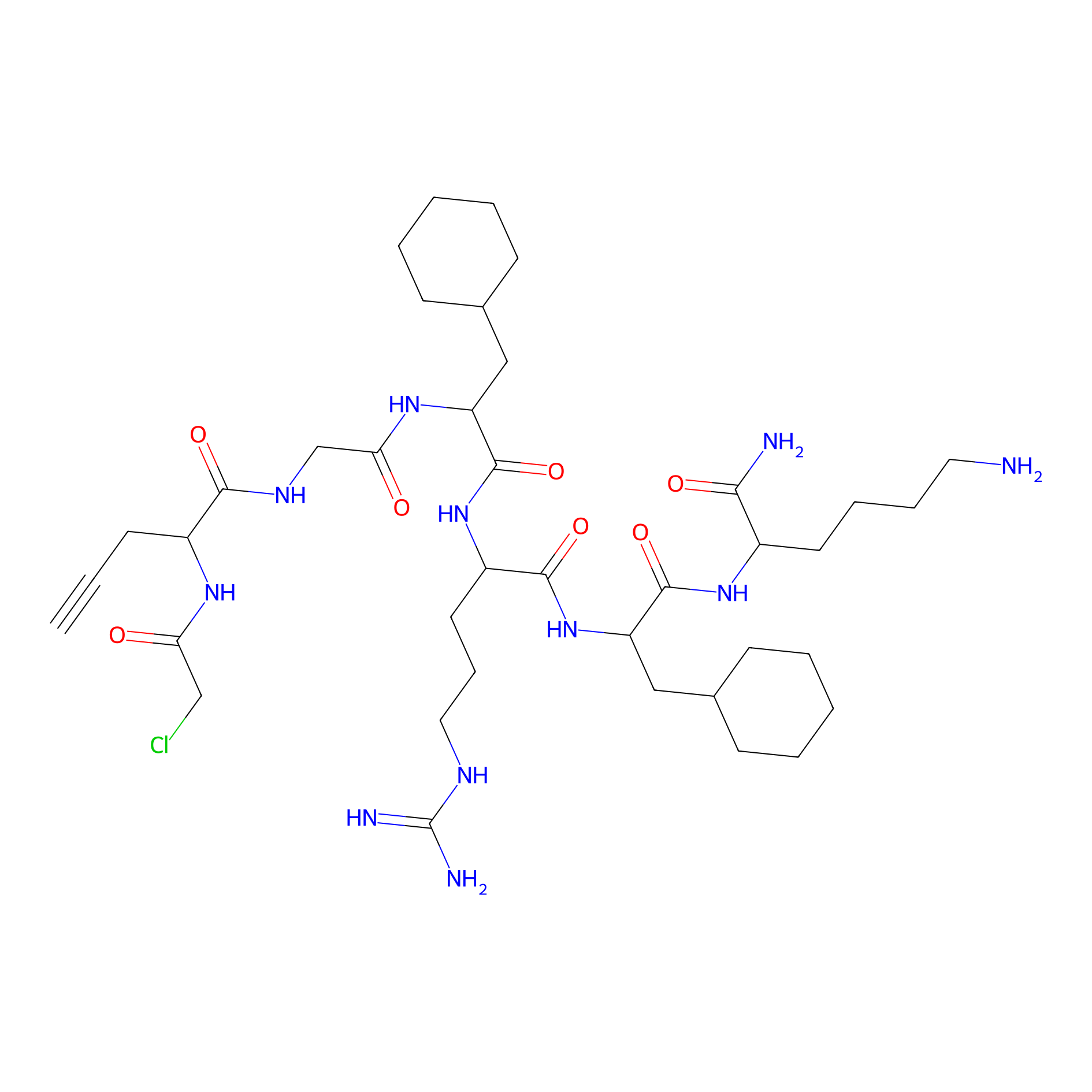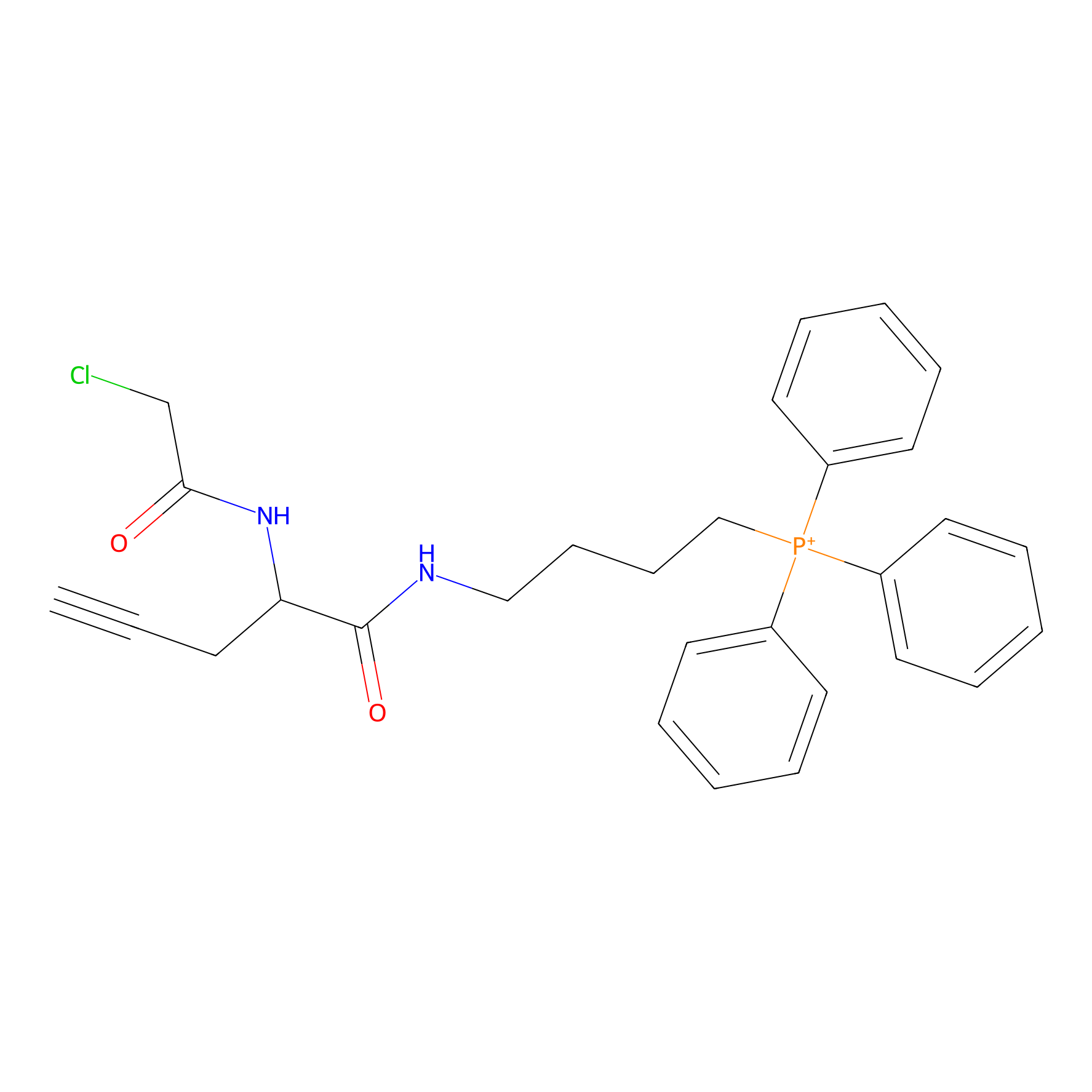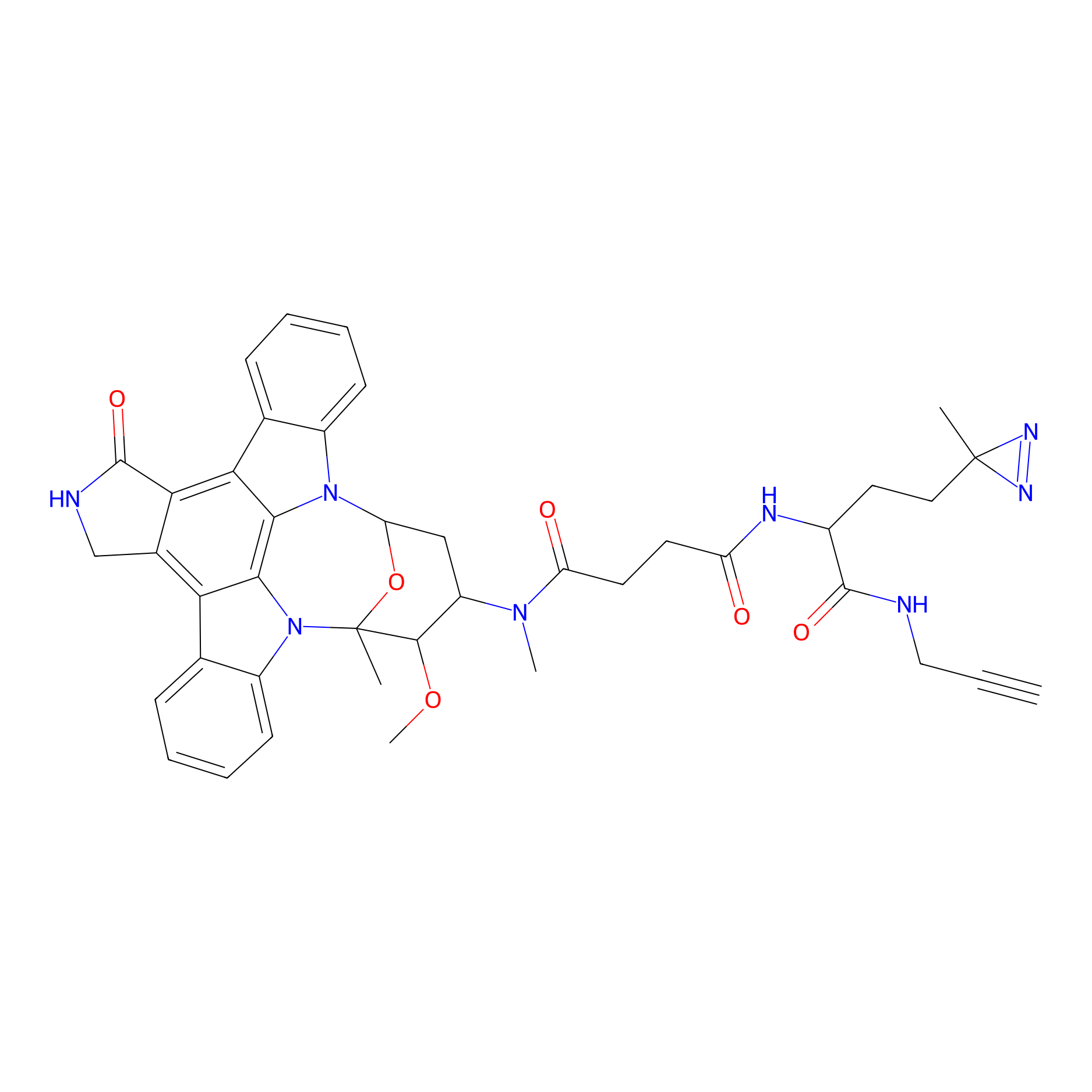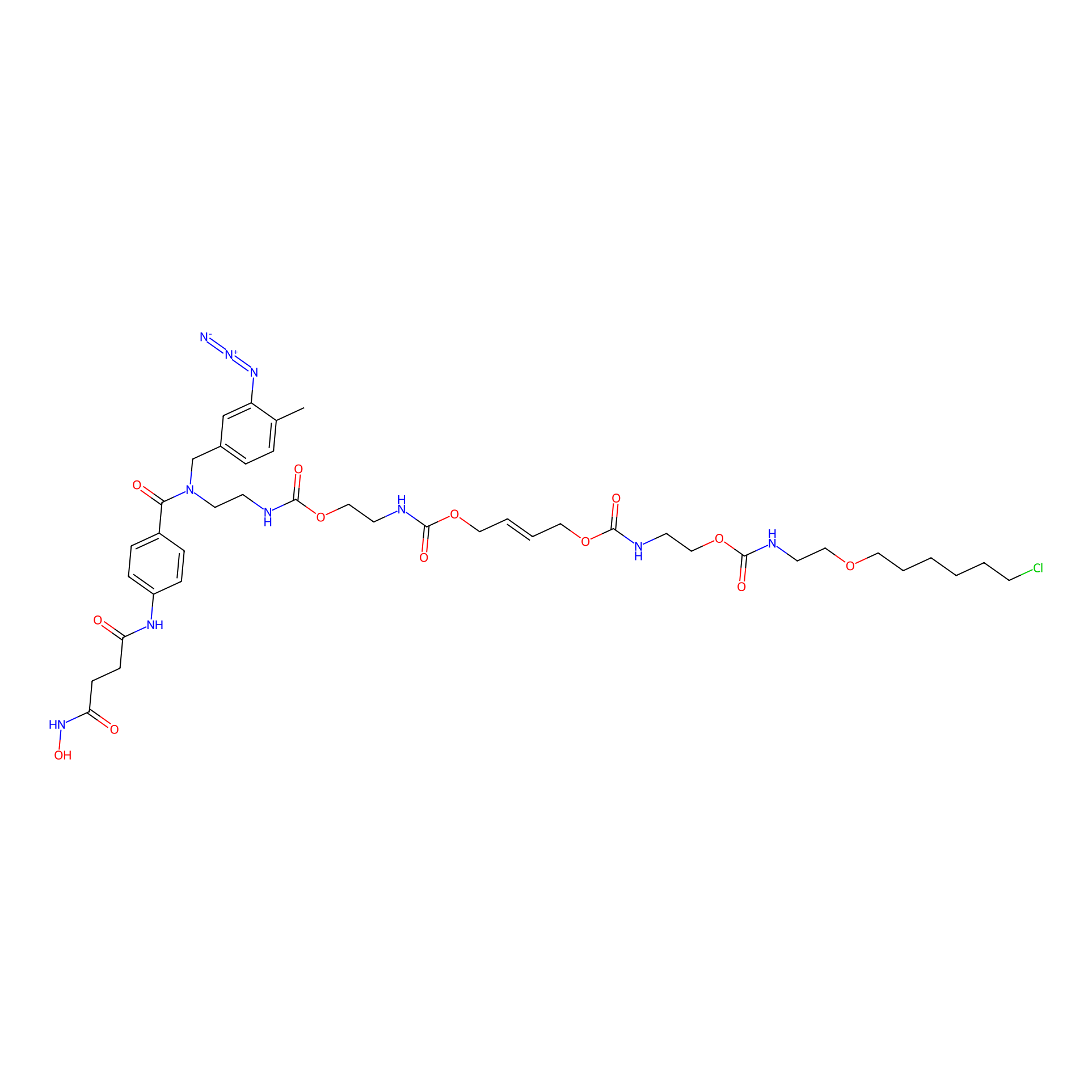Details of the Target
General Information of Target
Probe(s) Labeling This Target
ABPP Probe
| Probe name | Structure | Binding Site(Ratio) | Interaction ID | Ref | |
|---|---|---|---|---|---|
|
P8 Probe Info |
 |
1.65 | LDD0455 | [1] | |
|
MPP-AC Probe Info |
 |
N.A. | LDD0428 | [2] | |
|
TER-AC Probe Info |
 |
N.A. | LDD0426 | [2] | |
|
TPP-AC Probe Info |
 |
N.A. | LDD0427 | [2] | |
PAL-AfBPP Probe
| Probe name | Structure | Binding Site(Ratio) | Interaction ID | Ref | |
|---|---|---|---|---|---|
|
STS-1 Probe Info |
 |
N.A. | LDD0137 | [3] | |
|
SAHA-CA-8PAP Probe Info |
 |
N.A. | LDD0362 | [4] | |
Competitor(s) Related to This Target
The Interaction Atlas With This Target
The Protein(s) Related To This Target
Transporter and channel
| Protein name | Family | Uniprot ID | |||
|---|---|---|---|---|---|
| Beta-arrestin-1 (ARRB1) | Arrestin family | P49407 | |||
| Beta-arrestin-2 (ARRB2) | Arrestin family | P32121 | |||
| Protein S100-B (S100B) | S-100 family | P04271 | |||
Immunoglobulin
| Protein name | Family | Uniprot ID | |||
|---|---|---|---|---|---|
| Myeloid cell surface antigen CD33 (CD33) | SIGLEC (sialic acid binding Ig-like lectin) family | P20138 | |||
Other
The Drug(s) Related To This Target
Approved
| Drug Name | Drug Type | External ID | |||
|---|---|---|---|---|---|
| Zinc | . | DB01593 | |||
| Zinc Acetate | . | DB14487 | |||
| Zinc Chloride | . | DB14533 | |||
| Zinc Sulfate Unspecified Form | . | DB14548 | |||
Phase 3
| Drug Name | Drug Type | External ID | |||
|---|---|---|---|---|---|
| Tasquinimod | Small molecular drug | D02JMU | |||
Phase 2
| Drug Name | Drug Type | External ID | |||
|---|---|---|---|---|---|
| Paquinimod | Small molecular drug | D0G5SU | |||
Investigative
| Drug Name | Drug Type | External ID | |||
|---|---|---|---|---|---|
| Calcium | . | DB01373 | |||
References
